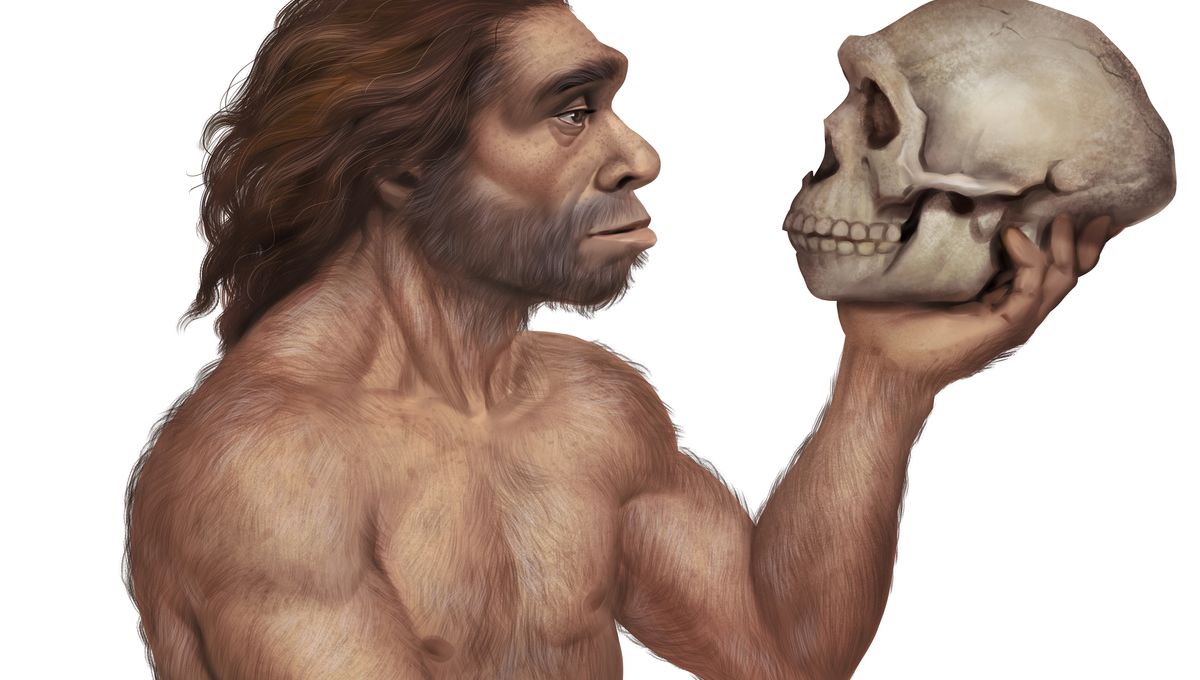
Molecules produced by extinct branches of the human family have been recreated for the first time since the species they came from went extinct. The work might help us in our quest to understand our long-lost cousins, but there is also a more practical concern: fighting pathogens to which others may have been immune.
De-extinction, the process of resurrecting lost lifeforms has attracted great controversy in recent times, with the idea of bringing back the woolly mammoth and the Tasmanian tiger gaining particular attention. Both the ethics and the practicality of the projects have been heavily criticized. After all, there are some extremely popular films about how this could go very, very wrong.
Resurrecting molecules exclusive to lost species might be a step on that path, but there are reasons to do it even if you never plan to bring back the whole animal. “Molecular de-extinction is motivated by the hypothesis that molecules that conferred benefits to extinct organisms could be beneficial in the current global environment,” a team led by Professor Cesar de la Fuente of the University of Pennsylvania writes.
With ancient species arising from the tundra as permafrost melts, it’s probably not going to be long before we are faced with diseases the human race hasn’t encountered since the last Ice Age. In some cases, it is likely that our ancestors, or their nearest relatives, evolved defenses against these threats, but these were lost when they ceased to be evolutionarily useful. Restoring some of the nucleic acids or proteins used in these ancient battles could be a shortcut to combatting them in the modern world, a scientific equivalent of fantasy figures reviving the dead to combat their old enemy once more.
Modern humans with some Neanderthal ancestry are more likely to have retained their gene variants associated with the immune system than any other part of the body. This suggests that whatever their other weaknesses compared to modern humans, Neanderthals had strong immune systems. That may include some components we didn’t inherit, but should have.
Now, de la Fuente and colleagues are not just proposing the idea, they have done it. They produced 80 protein fragments based on strands of DNA from Neanderthals and Denisovans not present in modern humans. After all, such near relatives are more likely to have been vulnerable to the same diseases as us than mammoths.
Simply producing a random array of long-gone molecules would be an expensive process for low reward. The team used a machine learning tool to look for stretches of ancient hominin genomes that differ from those in modern humans, but have characteristics to indicate they might code for anti-bacterial or antiviral molecules. Of these, eight were found to be active against at least one pathogen in culture.
Of course, as XKCD so memorably reminded us, being able to kill something in a Petri dish is a very long way from curing humans, but it is usually the first step. The ancient hominin peptide CBPZ-GSK24, which showed the “strongest and most broad-spectrum antimicrobial activity” has earned future study, having inhibited five pathogens – and those were just the ones it was tested against. Even if we never use this molecule itself, it could lead research down paths no one would have thought of otherwise. The team has already demonstrated some of these molecules also fight bacterial infections in mice.
“By synthesizing only isolated compounds, molecular de-extinction circumvents many of the ethical and technical problems posed by whole organism de-extinction,” the authors note. That’s particularly the case when the molecules come from individuals with intelligence similar to our own.
The ethical implications of bringing back an animal can be tricky enough if it would have no company or intact habitat. They’re a great deal harder with someone who would have a solid claim on the right to vote if we could somehow restore them. Similarly, some have questioned whether it would be fair to an elephant mother to force her to become a surrogate for the first mammoth. Debatable as that is, consider who would be expected to bear Neanderthal children.
Fortunately, those sorts of problems don’t arise in molecules, and by discovering what the proteins coded in the DNA of our nearest relatives can do we can understand the people themselves a little better. In a small way, they will live on.
The study is published in Cell Host & Microbe
Source Link: Molecules That Died With Neanderthals And Denisovans Recreated In "Molecular De-Extinction"